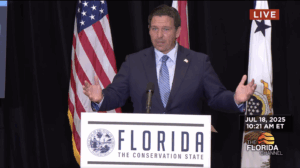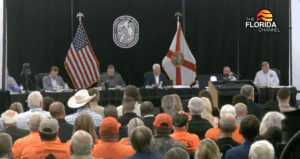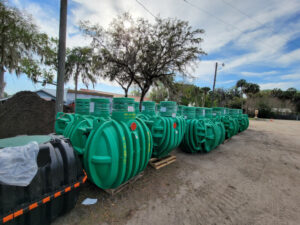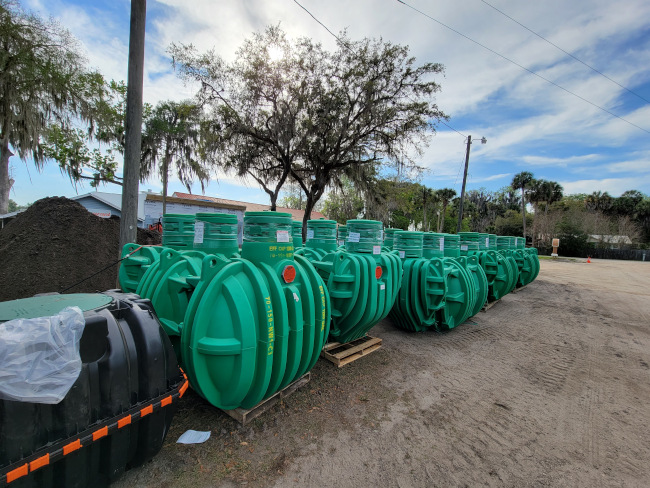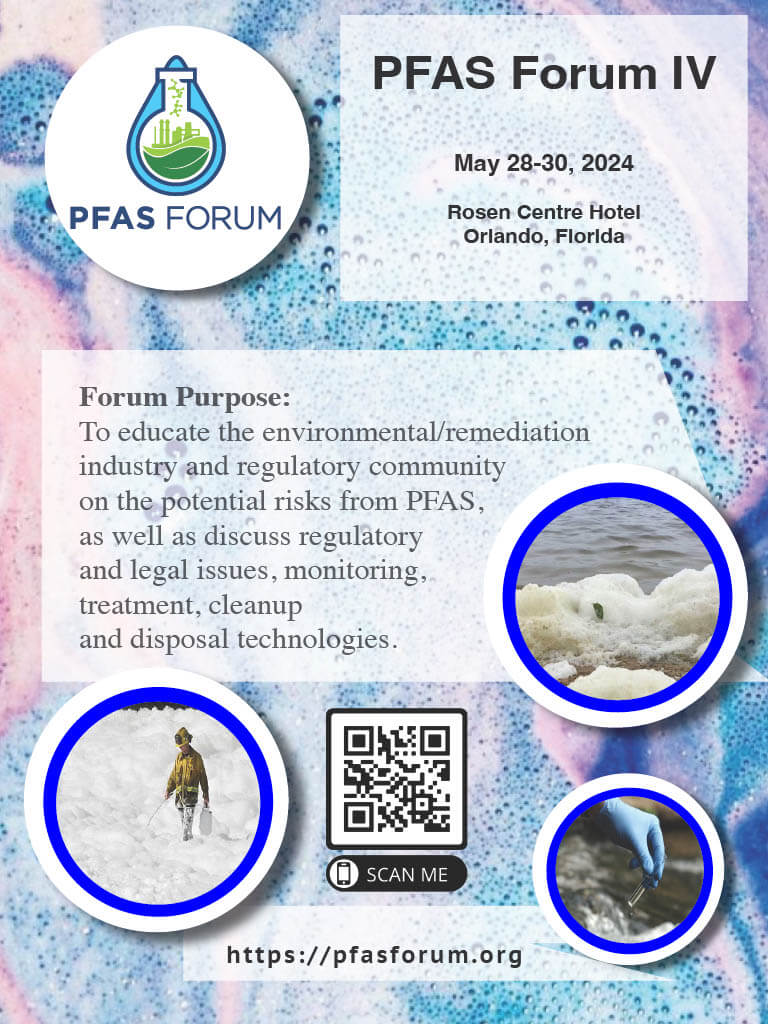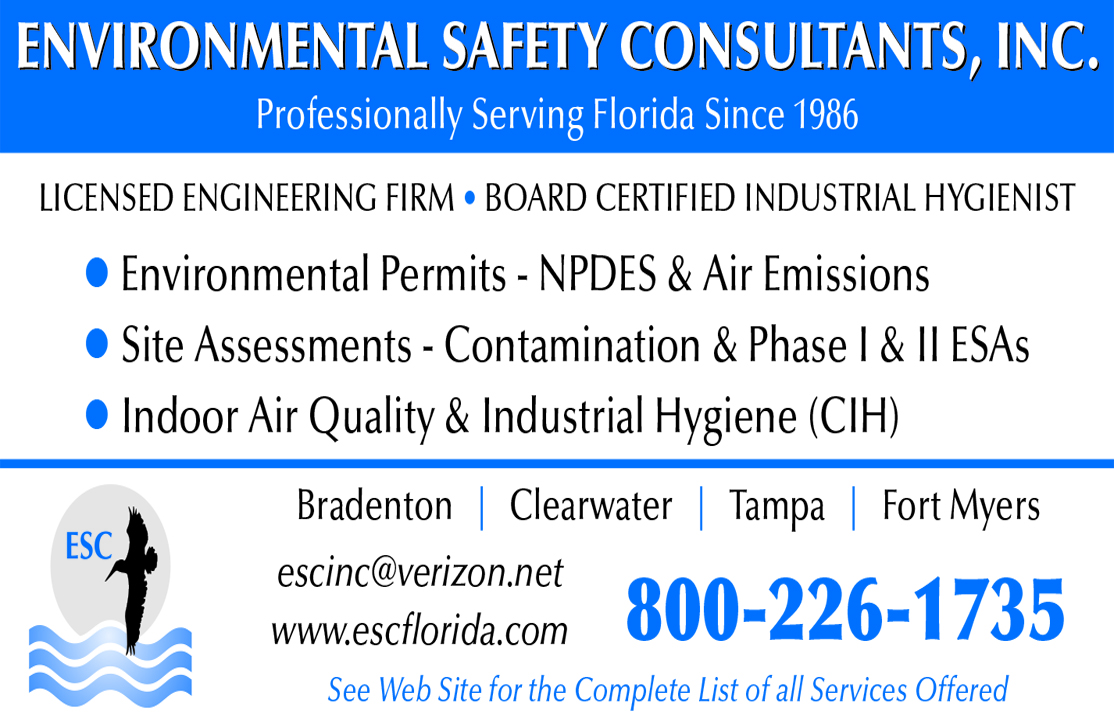By STAFF REPORTS
News reports indicate that the U.S. Environmental Protection Agency has withdrawn a Biden Administration plan designed to create guidelines and standards around perfluoroalkyl and polyfluoroalkyl Substances (PFAS) limitations under the Clean Water Act.
PFAS are man-made chemicals said to be resistant to heat, water, and oil, used in a variety of products. Experts warn that as PFAS are ingested by people and animals, they can cause a variety of health problems.
The draft rule was met with praise from health advocates and concern from water providers last spring when EPA proposed it. It went into place last June. According to NPR, at least three lawsuits were filed that month. Lawsuits challenged EPA’s science, the cost to implement, and the rulemaking process. EPA’s rule required limiting exposure levels to 4 parts per trillion for specific chemicals.
The move by the Trump Administration to withdraw the rule comes as new staff review Biden-era regulations.
“Should actions be identified that were undertaken before noon on January 20, 2025, that frustrate the purpose underlying this memorandum, I may modify or extend this memorandum, to require that department and agency heads consider taking steps to address those actions,” a memorandum from President Trump states.
In April, an EPA news release lauded the rule as, “the first-ever national, legally enforceable drinking water standard to protect communities from exposure to harmful per-and polyfluoroalkyl substances (PFAS), also known as ‘forever chemicals.’”
“The final rule will reduce PFAS exposure for approximately 100 million people, prevent thousands of deaths, and reduce tens of thousands of serious illnesses,” the release states. “Today’s announcement complements President Biden’s government-wide action plan to combat PFAS pollution.”
According to Legal Newsline, 18 Democratic attorneys general filed an amicus brief the week of Jan. 20 in the U.S. Court of Appeals for the D.C. Circuit supporting the EPA rule, arguing that upholding the rule would improve public health.
However, plaintiffs have pushed back against EPA via various lawsuits. According to National Law Review, industry and major water utilities argue that EPA set maximum contaminant levels for six PFAS beyond what are technologically and economically feasible and, further, adopted an unprecedented “hazard index” approach to regulating two additional PFAS.
In another lawsuit, plaintiffs argue that EPA’s designation of two PFAS as hazardous substances is improper, and that the agency didn’t properly analyze the costs and consequences of its regulation.
Water utility groups have said that removing PFAS would cost billions of dollars, which many communities simply cannot afford. The rule was set to go into effect by 2027, requiring public water systems to complete initial monitoring by then, providing data on PFAS levels in the water.
President Trump’s pick for EPA Administrator Lee Zeldin has said that PFAS enforcement will be a “top priority.” Zeldin was confirmed by the Senate Committee on Environment and Publics Works and his confirmation now goes to the full Senate. “I was a member of the PFAS task force, also voted for the PFAS Action Act. EPA has an important responsibility to make sure that our obligations are implemented correctly,” Zeldin said. “It’s something that will be top priority of mine.”


